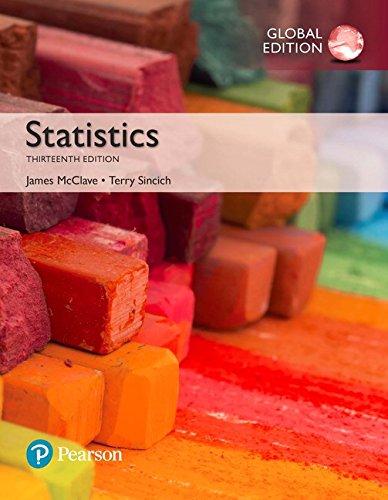Distribution of yellowhammer birds. An article in the Journal of Animal Ecology (July 2006) discussed some of
Question:
Distribution of yellowhammer birds. An article in the Journal of Animal Ecology (July 2006) discussed some of the caveats of using stepwise regression. An example presented used stepwise regression to find the best predictors of the number of yellowhammers inhabiting lowland farms in the United Kingdom. Nine potential independent variables were considered: (1) hedge presence,
(2) tree-line presence, (3) ditch presence, (4) adjacent road, (5) width of margin, (6) adjacent pasture, (7) adjacent silage ley, (8) winter rape, and (9) adjacent beans.
a. How many one-variable models are fit in step 1 of the stepwise regression?
b. After selecting ditch presence in step 1, how many two-variable models are fit in step 2 of the stepwise regression?
c. After selecting adjacent pasture in step 2, how many three-variable models are fit in step 3 of the stepwise regression?
d. Through the first three steps of the stepwise regression, determine the total number of t-tests performed.
Assuming each test uses an a = .05 level of significance, give an estimate of the probability of at least one Type I error in the stepwise regression.
Step by Step Answer:






